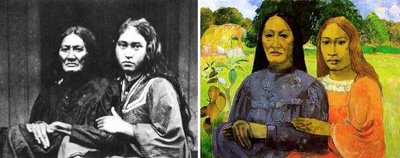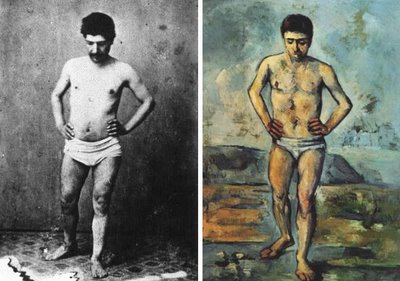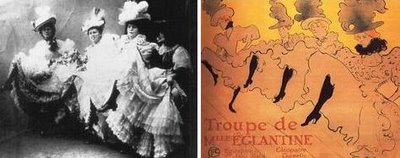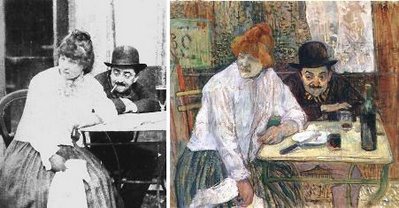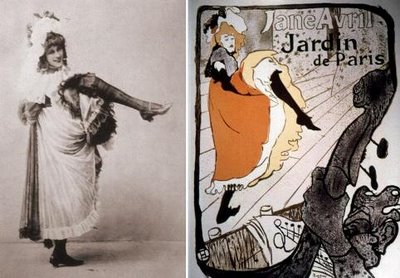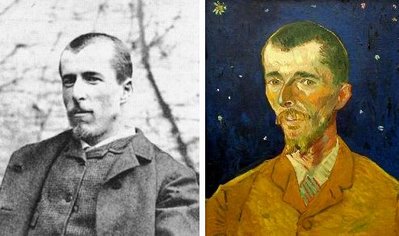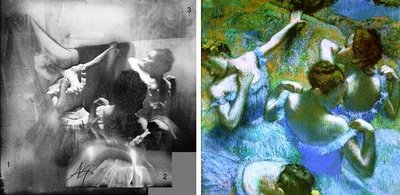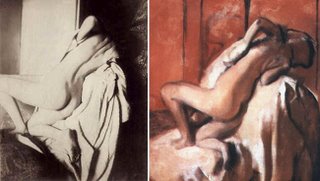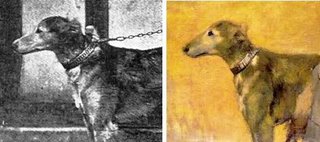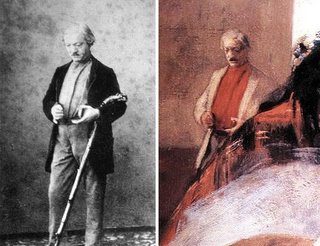
A Lesson From the Zebrafish How to Mend a Broken Heart
An ability to regrow damaged or missing heart tissue makes the lowly zebrafish an ideal model for discovering new ways to repair human hearts, scientists say.
When a part of its heart is removed, the tiny zebrafish is a bit sluggish for a few days, but then appears normal within a month. This remarkable heart repair is achieved by differentiated cardiac muscle cells called cardiomyocytes -- not stem cells, but mature cells that normally supply the contractile force of the heart.
"What the results of our study show is that Mother Nature utilizes other ways besides going all the way back to pluripotent stem cells to regenerate tissues and organs," Juan Carlos Izpisua Belmonte, a professor in the Gene Expression Laboratory at the Salk Institute for Biological Studies in California, said in a news release.
The study appears in the March 25 issue of the journal Nature.
Prior to heart failure, damaged mammal heart muscle cells enter a state called hibernation, in which they stop contracting in an effort to survive. Mammal heart cell hibernation is significant, said study first author Chris Jopling, a postdoctoral fellow at the Center of Regenerative Medicine in Barcelona, Spain.
"During heart regeneration in the zebrafish we found that cardiomyocytes displayed structural changes similar to those observed in hibernating cardiomyocytes," Jopling said in the news release. "Because of these similarities, we hypothesize that hibernating mammalian cardiomyocytes may represent cells that are attempting to proliferate."
"This idea fits nicely with the findings from a number of groups -- that forced expression of cell cycle regulators can induce cardiomyocyte proliferation in mammals. Maybe all they need is a bit of push in the right direction," Jopling said.
Researchers are looking for factors that supply that push.
Source:- businessweek.com

